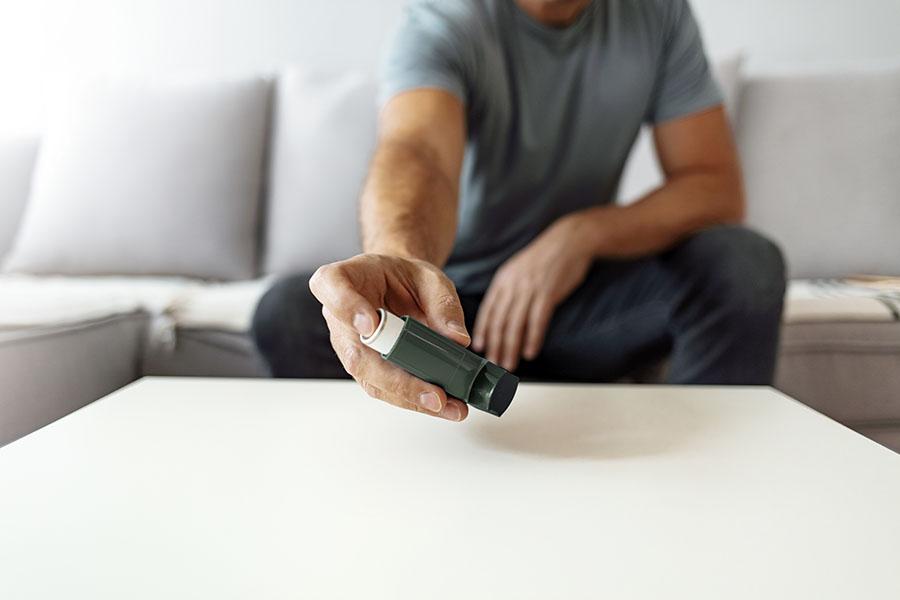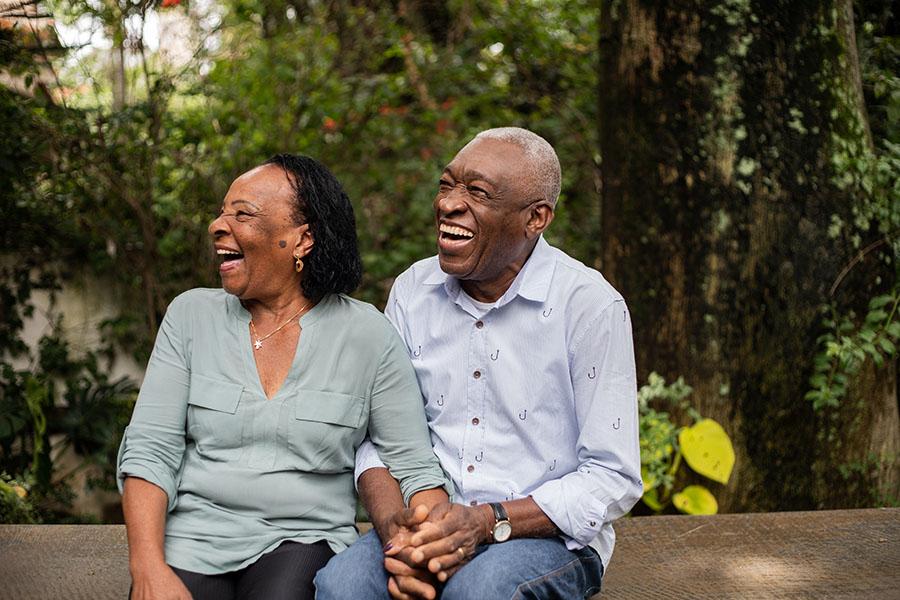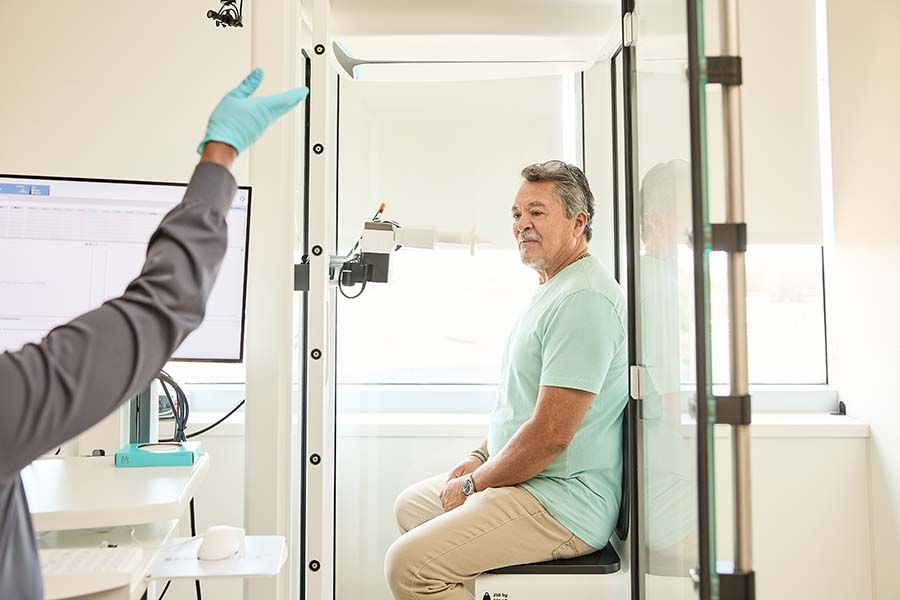Chronic Obstructive Pulmonary Disease (COPD) is a progressive lung condition which also includes chronic bronchitis and emphysema. COPD is characterized by shortness of breath and a persistent cough, most commonly caused by smoking or environmental lung irritants such as pollution. With the right treatment plan, patients may find symptom relief and continue to enjoy everyday activities.
There is no cure for COPD. Instead, COPD treatment focuses on helping patients breathe better by relieving symptoms. There is no standard treatment for COPD. Instead, there is a standard approach to the disease, which includes trying to understand the severity and type of COPD a patient has. If a patient’s disease is due mostly to emphysema, they will likely be treated differently than a patient whose disease is due mostly to chronic bronchitis.
The following treatments may be used alone or in combination in treating COPD.
Lifestyle
The most important step you can take in treating COPD is to quit smoking. Your doctor can help you by recommending programs and products that can help you quit. In addition, joining a support group with other people who are quitting smoking can be very helpful.
You should also avoid secondhand smoke, and places where other lung irritants, such as dust, fumes, or toxic substances, are present as much as possible.
COPD symptoms may make it difficult to eat enough, so your doctor may recommend an eating plan that includes smaller, more frequent meals, eating after resting for a period of time, or vitamins or other nutritional supplements.
Physical activity can help to strengthen the muscles used in breathing and improve your overall wellness. Your doctor can help you determine what kinds of activity are safe for you.
In addition, your doctor might recommend pulmonary rehabilitation, which encompasses a variety of methods designed to improve the well-being of people with chronic breathing problems. Rehab may include an exercise program, training in managing COPD, nutritional counseling, and psychological counseling.
Medicines
There are several types of medication that can help to treat COPD:
- Bronchodilators: relax the muscles around your airways, which helps to open the airways and make breathing easier. Bronchodilators can be short-acting or long-acting. Short-acting bronchodilators should be used on an as-needed basis and last for about 4-6 hours. They are usually used when COPD is mild. Long-acting bronchodilators are used every day and last for 12 hours or more. They are generally prescribed when COPD is moderate or severe.
- Inhaled corticosteroid medications: can reduce inflammation of the airways and help prevent exacerbations. However, they may have side effects that include bruising, oral infections, and hoarseness.
- Oral steroids: short courses of oral corticosteroids are used to treat exacerbations of COPD. Long-term use of these medications can cause serious side effects.
- Combination bronchodilators plus inhaled glucocorticosteroids: are for more severe cases of COPD or cases where symptoms flare up often. In these cases, a combination consisting of a bronchodilator and inhaled steroid may be prescribed.
- Phosphodiesterase-4 inhibitors: are a new type of medication used to treat severe COPD symptoms resulting from chronic bronchitis. These medications decrease airway inflammation and relax the airways.
- Long-acting anti-muscarinic agents: are for more severe cases of COPD or cases where symptoms flare up often.
- Antibiotics or antivirals: treat respiratory infections such as acute bronchitis, pneumonia, and influenza can aggravate COPD symptoms.
- Vaccines: influenza and pneumonia can cause serious problems for people who have COPD. For this reason, it is important for COPD patients to reduce their risk of getting these illnesses.
Surgery and Other Treatments
Surgery is usually a last resort for people who have more severe symptoms that have not improved with medication and pulmonary rehabilitation. There are three main types of surgery used in treating COPD:
- Bullectomy: in patients with emphysema, the walls of the small air sacs in the lungs are destroyed. When this happens, larger air spaces called bullae form. These bullae can become so large that they interfere with breathing. A bullectomy is a surgery to remove one or more large bullae from the lungs. Only a minority of patients with COPD have large bullae.
- Lung volume reduction surgery (LVRS): doctors surgically remove damaged lung tissue, which can help patients to breathe better. LVRS is not recommended for every COPD patient, but can improve the breathing and quality of life of specific patients.
- Lung transplant surgery: reserved for treating patients with very severe COPD who do not have other treatment options. A lung transplant involves removing a damaged lung and replacing it with a healthy lung from a deceased donor. Lung transplants can significantly improve lung function and quality of life, but involves many risks, including the risk of infection, and even death if the body rejects the transplanted lung.
Doctors may also recommend oxygen therapy. Oxygen therapy can help people with severe COPD who have low levels of oxygen in their blood to breathe better. The treatment involves administering oxygen through two small tubes that enter the nose (nasal prongs). Some people who receive oxygen therapy need it all the time, while others only need it at certain times (i.e., during exercise or sleep).
Learn More About COPD Treatment Options
In the following video Dominic Marano, MSN, CRNP, discusses COPD treatment, which can include smoking cessation, medications, and pulmonary rehabilitation.






